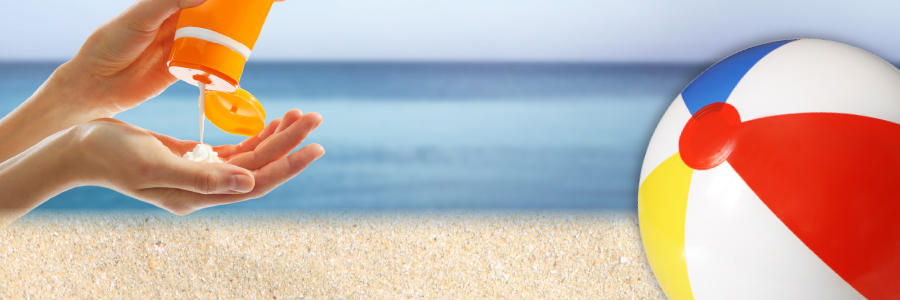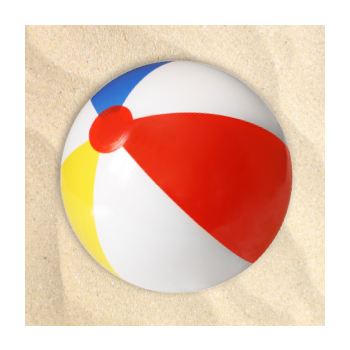


Sign-up for {N}power to get exclusive discounts, newsletters, members-only features, and more!

If there is magic on this planet, it is contained in water.
— Loren Eiseley
A mountain lake, a rushing river, a sea of Caribbean blue—what would this planet be without the magic of water? River to ocean to continent to poles, water connects all living things, but what impact do we have on it and the life it gives? How often do we consider the consequences of seemingly inconsequential daily habits, such as our personal care routines?

A more magical place than the brilliantly colored universe of the coral reef is hard to find. Called the “rainforest of the sea,” reefs are among the most diverse ecosystems on the planet. Hosting a quarter of all marine life, they are habitats both pristine and rarified in their natural harmony.1 Yet, the reefs are dying; scientists estimate that nearly all will be in jeopardy by 2050. And with the death of coral reefs, we all lose—invaluable sources of food, medicine, shoreline stability, and economic benefits vanish.2
One of the most detrimental events for reefs is bleaching, a condition that happens when coral is severely stressed by warming oceans, pollutants, and other factors. When bleaching occurs, the coral expels its source of food and vivid color—zooxanthellae, the tiny algae that lives in its tissues. This separation leaves it colorless and starving, ultimately leading to mortality if conditions aren’t reversed in time.3 4
Oxybenzone and octinoxate, the active ingredients in 70 to 80 percent of commercial sunscreens, damage coral in multiple ways and can both directly and indirectly trigger coral bleaching. Consider the following:
The sum of these effects is this: Damages inflicted by chemical sunscreens weaken the coral’s ability to adapt and survive in the face of its greatest peril, climate change.9
Pollution from sunscreen can have a far-reaching impact, miles away from its origins. For example, public beaches in Okinawa, Japan contained high levels of chemical sunscreens. The startling thing is that similarly high levels were also detected in water 600 miles away, and chemical sunscreens have even been found in the Arctic! If ocean currents can carry these pollutants to the ends of the earth, the potential environmental consequences are frightening to consider.10 11
No matter where you live, your choices matter. Every time you jump in the shower, you're sending a trail of chemicals down the drain, and wastewater treatment plants can't remove them all. In fact, a University of Texas, Austin study concluded that "Conventional wastewater treatment plants do not effectively remove pharmaceuticals and personal care products.”12 So, where do they end up? Oxybenzone and octinoxate have been found in almost all water sources around the world!
Oxybenzone is a possible endocrine disruptor, which can negatively affect reproductive and thyroid health, alter nervous system function, contribute to the development of diabetes, obesity, cardiovascular problems, and neurological and learning disabilities. Unfortunately, our exposure is widespread.13 An estimated 97 percent of Americans have oxybenzone in their urine! Don’t forget—chemical sunscreens aren't just used in sunscreens. You'll find them in shampoo, lotion, makeup, and even fragrances and insect repellent.14

At Natural Grocers we only sell mineral-based sunscreens, and do not allow chemical sunscreens in any products, because we believe the health of humans and the planet is inseparable. Together, let’s keep the magic from being lost!



Sign-up for {N}power to get exclusive discounts, newsletters, members-only features, and more!